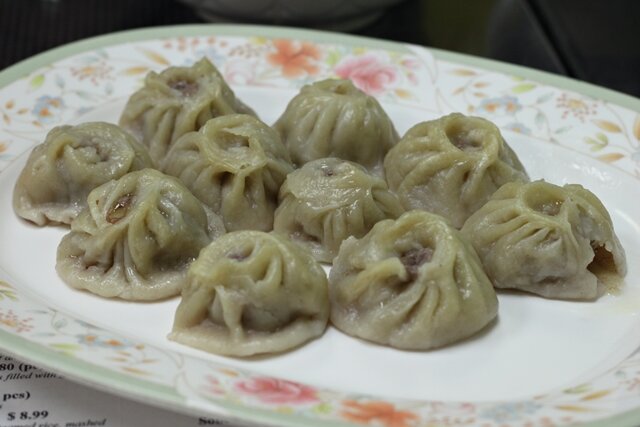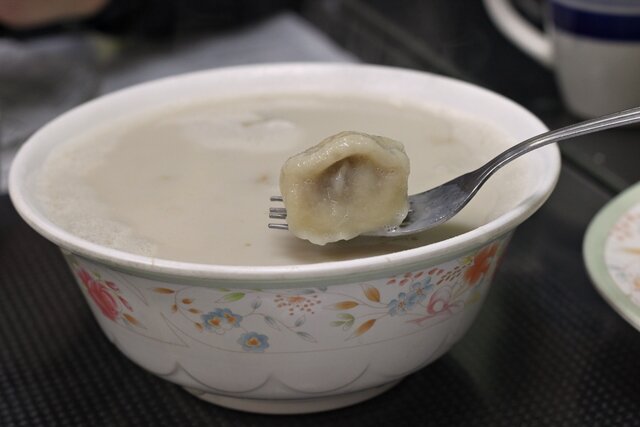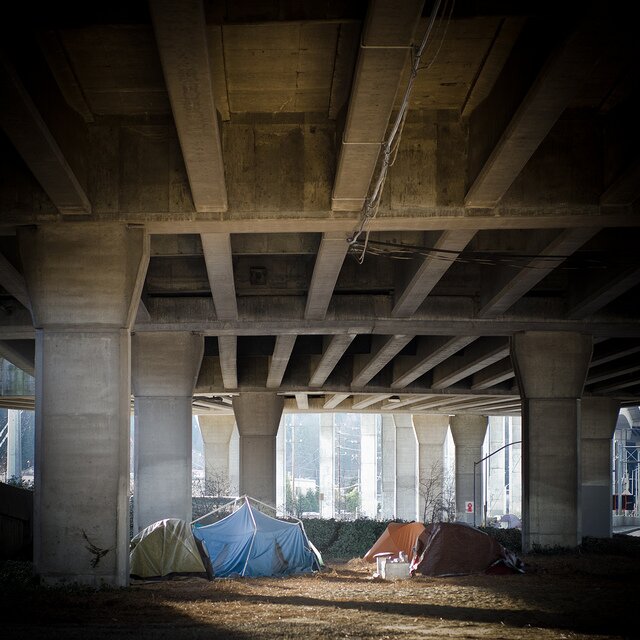Keeping you connected to what matters.
Thy name is clock. Alarm clock. Good morning, Monday.
New sound record attained at the Clink. Because Seahawks.
In case you live underneath a soundproof rock, Seattle sports fans have a lot to brag about from over this September weekend. The Sounders won, the Huskies reign, Richard Sherman gave us something to dance about, and the 12th Man broke a new world record for being the loudest crowd ever. Seriously, Guinness World Records confirmed at 136.6 decibels, which comes just shy of a 747 flying over your head. Go home, 49ers.
Sports writer Seth Kolloen gives you the details on what to care about, and more importantly, on how not to sound like an idiot at the water cooler. He even gives you the next line to throw in during conversation. Hey, the sports illiterate are people too.
Ben and Jerry’s Seattle flavor finally has a name.
Over the weekend, Ben and Jerry’s Ice Cream released the name to their newest flavor, Sweetness in Seattle. Think Theo chocolate, Caffe Vita, caramel, more chocolate, ice cream, raspberry, cookies, and brownies. The company hosted a block party of free scoops over the weekend to let Seattle sample their new city-specific pint, and Jerry himself could be found parceling out the ice creamy goodness on Friday evening from a B&J’s truck. But it gets better: on Saturday, the company met with volunteers to paint and clean up the homeless shelter on Morrison, a home for disabled homeless adults on Third Avenue that’s been operating since 1908. Ice cream and lunch provided. Isn’t generosity sweet?
Good news for pedestrians in these four neighborhoods.
Grab your tennis shoes. 2014 will mean more pedestrian areas for Beacon Hill, Lake City, Greenwood, and East Marginal Way, courtesy of Mayor Mike McGinn and his pledged $14 million to walkers.
Here’s what he said on that:
“Seattle’s economy is doing well, and that gives us the ability to pave more streets, build more sidewalks, repair more bridges, and conduct additional coordinated transportation planning,” McGinn said. “We’re investing in better roads and sidewalks in neighborhoods across our city.”
The proposal comes at a time when McGinn really needs to keep his friends close. A recent poll from The Seattle Times reveals that mayoral candidate and competitor Ed Murray might actually edge McGinn out in the next election. The poll found that 40 percent of 652 probable Seattle voters approve of McGinn’s job and doings in office, while 44 percent disapprove. Murray, though? Fifty-seven percent approval, and only 19 percent with a bone to pick. Good luck at the races, friends.








